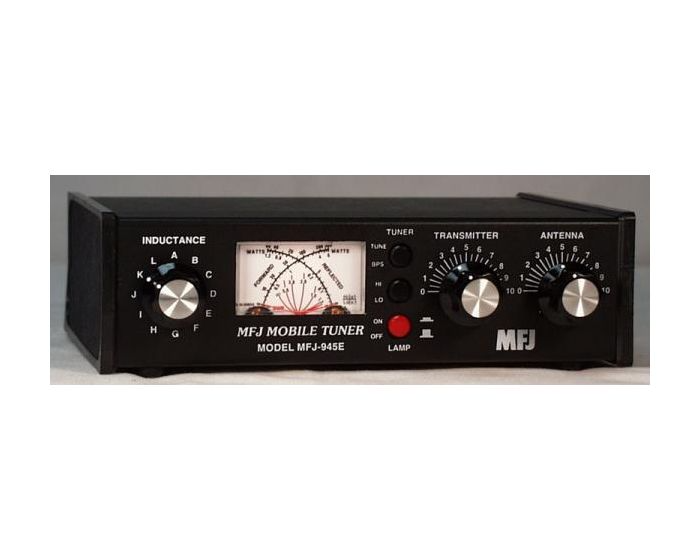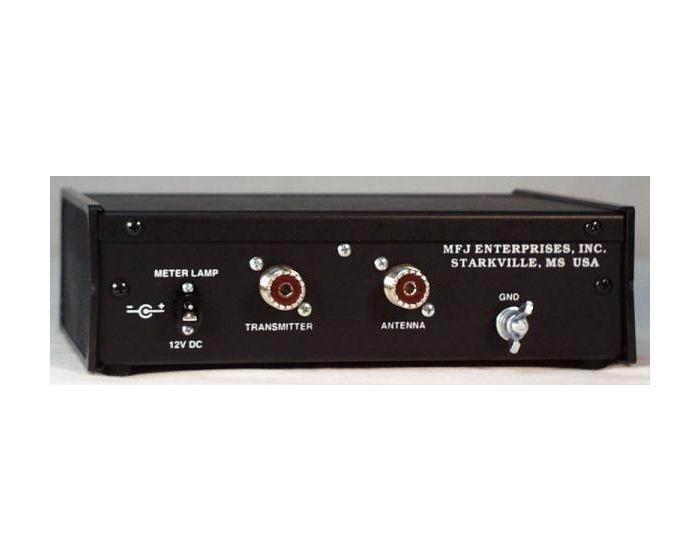Get maximum power to your antenna by learning how to hook up and use a tuner to properly "trick" your rig!
 For many ham radio enthusiasts, the antenna tuner is an essential tool for achieving a good match between their radio and their antenna system. An antenna tuner, also known as an antenna coupler or antenna matching unit, allows a ham radio operator to fine-tune the impedance of their antenna system to match the transmitter's output impedance.
For many ham radio enthusiasts, the antenna tuner is an essential tool for achieving a good match between their radio and their antenna system. An antenna tuner, also known as an antenna coupler or antenna matching unit, allows a ham radio operator to fine-tune the impedance of their antenna system to match the transmitter's output impedance.
An antenna tuner is particularly useful when operating with antennas that have non-resonant frequencies or when using antennas that are not well-matched to the transmitter's output. When a ham radio operator uses an antenna tuner, they can achieve a match between the transmitter and the antenna system that maximizes power transfer, improves signal strength, and reduces radio frequency interference.
Here is a step-by-step guide on how to use an antenna tuner for a ham radio antenna:
Step 1: Connect the Antenna Tuner to the Radio and Antenna
 Before using an antenna tuner, connect it to the radio and the antenna system. Typically, the antenna tuner will have two connectors labeled "antenna" and "transmitter." Connect the antenna to the "antenna" connector and the transmitter to the "transmitter" connector.
Before using an antenna tuner, connect it to the radio and the antenna system. Typically, the antenna tuner will have two connectors labeled "antenna" and "transmitter." Connect the antenna to the "antenna" connector and the transmitter to the "transmitter" connector.
Step 2: Set the Antenna Tuner Controls
The antenna tuner controls are essential in fine-tuning the impedance of the antenna system. The controls usually include a tuning knob, a switch for selecting the tuning range, and a meter for monitoring the SWR (standing wave ratio) of the antenna system.
Start by setting the antenna tuner to the frequency range you will be using. Most modern antenna tuners will automatically detect the frequency range, but some models may require you to set the range manually.
Step 3: Tune the Antenna
 Once the antenna tuner is connected to the radio and antenna and the controls are set, it's time to tune the antenna. Begin by selecting a frequency on the radio and monitoring the SWR meter. The SWR meter will indicate the match between the transmitter and the antenna system.
Once the antenna tuner is connected to the radio and antenna and the controls are set, it's time to tune the antenna. Begin by selecting a frequency on the radio and monitoring the SWR meter. The SWR meter will indicate the match between the transmitter and the antenna system.
Slowly turn the tuning knob on the antenna tuner while monitoring the SWR meter. Continue to turn the knob until the SWR meter indicates the lowest possible SWR reading. If you cannot achieve a low SWR reading, try adjusting the antenna's physical length or position until a better match can be achieved.
Step 4: Test the Antenna
After tuning the antenna with the antenna tuner, it's essential to test the antenna's performance to ensure it is functioning correctly. Begin by transmitting a test signal and monitoring the signal strength and clarity.
If the signal strength and clarity are good, then the antenna tuner has done its job correctly. If the signal strength and clarity are poor, then you may need to adjust the antenna's physical length or position further to achieve a better match.
Conclusion:
Using an antenna tuner is an essential skill for any ham radio operator. It allows you to achieve the best possible match between the transmitter and antenna system, resulting in improved signal strength and reduced radio frequency interference. By following the above steps, you can use an antenna tuner to tune your antenna system and achieve optimal performance.
